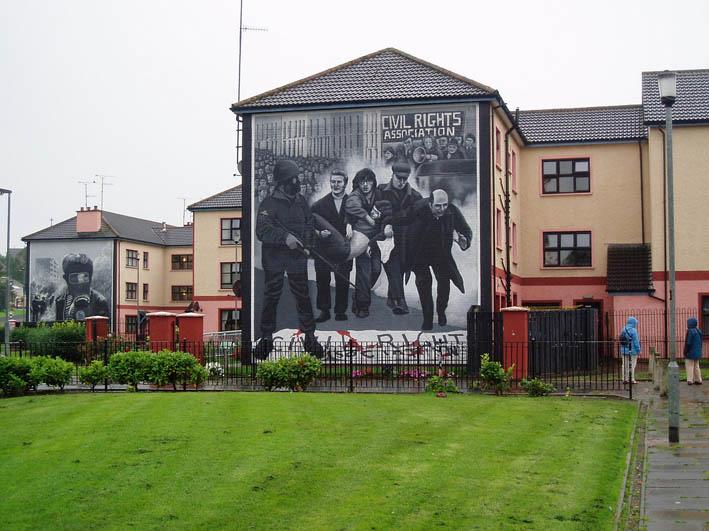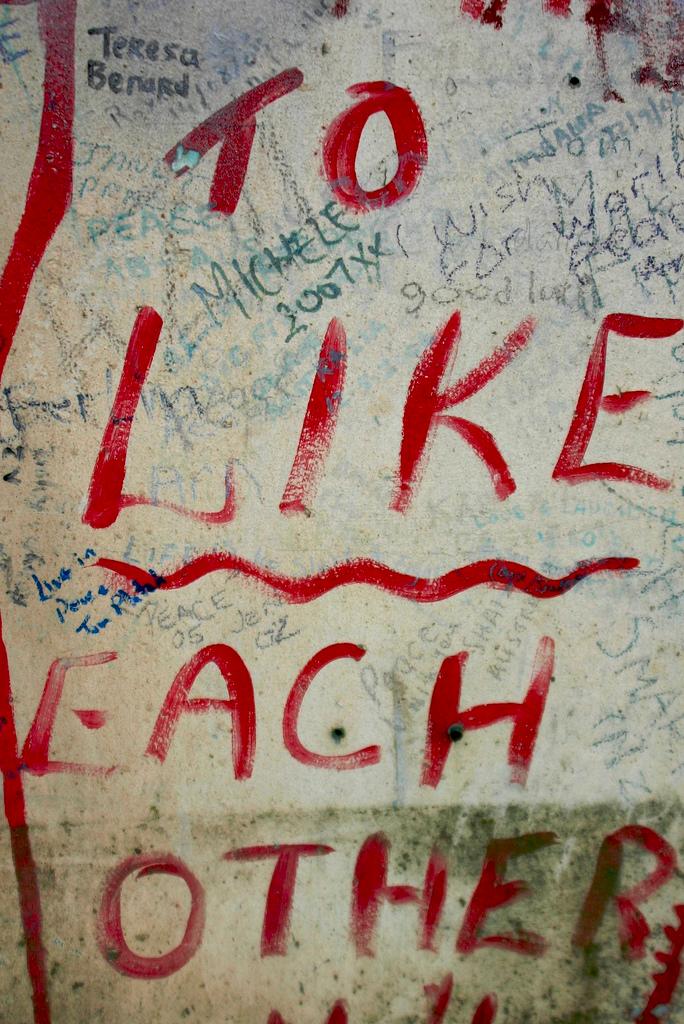The Troubles

The Troubles

The conflict in Northern Ireland is complicated and not easy to explain. In 1169, the Catholic King Henry II of England invaded Ireland, and all of Ireland became a part of the UK. The Irish were not too pleased with this and gave the English trouble again and again. In the 1600s, the English sent settlers from England and Scotland to Ulster, the northern region of Ireland. This act is known as the plantation. The English and the Scots had turned to Protestantism in 1536, and the settlers were "planted" to control and convert the Irish Catholics to Protestantism. Obviously, this did not reduce the anger of the Irish and their resistance was fierce, causing Oliver Cromwell to invade Ireland in 1649. Apart from killing one out of four Catholics, he denied the survivors any civil rights. After the Battle of the Boyne in 1690, the Protestants' grasp was further strengthened when the Protestant William of Orange beat the Catholic James II. The Irish Catholics remained discriminated against and suppressed well into the 19th century!
The island of Ireland now has two flags. The tricolour of the Republic of Ireland (Eire) symbolises an independent republic and Northern Ireland (Ulster) shares the Union Jack with England, Scotland and Wales. This can be explained by the historical trail culminating in the Easter Rising in 1916 when the Irish Republican Army (IRA) revolted to put an end to British rule. The War of Independence from 1919 – 1921 ended in the partition of Ireland in 1922. 26 counties in the south made up the Irish Free State, whereas the six counties in the northern part had to remain in the union, much to the dismay of the Catholics who constituted the minority. Fuelled by growing frustration over social and economic injustice and the ideas of civil rights movements around the world, the anger and distress culminated in the Troubles. This was a period from the late 1960s until the ratification of the Good Friday Agreement in 1998. The main opponents in the conflicts were the IRA (the Irish Republican Army) , a militant anti-British faction of Catholics, and UVF (Ulster Volunteer Force), a militant anti-Catholic faction fighting to remain in the union with Britain. The aggression exploded on Bloody Sunday.

In the song dedicated to this tragic incident, U2 states:
And the battle's just begun
There’s many lost, but tell me who has won
The trench is dug within our hearts
And mothers, children, brothers, sisters torn apart
Sunday, bloody Sunday
Sunday, bloody Sunday
Sunday 30 January 1972 will never be forgotten. It started as a peaceful demonstration in Londonderry against the internment of Catholics and ended with 26 civilians injured and killed by the British Army.
The Good Friday Agreement in 1998 was hailed as one of the former British Prime Minister Tony Blair’s greatest accomplishments. A cease-fire was agreed upon by most of the political parties in Northern Ireland and the British and Irish Government. They committed themselves to use only democratic and peaceful means. In spite of some dissident groups that continue the fight, the Belfast Agreement in 1998 seems to be the most effective effort to end decades, and even centuries of conflicts and disagreements.
Tasks and Activities
- Bloody Sunday is a very important day for Catholics to remember? Besides the actual events and tragic deaths - why do you think it is so important to them to keep this day alive?
- Search the Internet for information about Bobby Sands. Discuss what effect his fate has had on Catholics.
- How important is the continued remembrance of old martyrs and victims to the continuation of the conflict? Would it be better to clear away the murals and only look forwards - or do we need to keep the past alive to improve our society?
- Watch the video clip below. It is from the wall still dividing Belfast. What do the inscriptions and graphics mean? Which side of the city is this - Protestant or Catholic?
Web Search
Search for U2 and "Bloody Sunday" on the web. See if you can find any video clips of it. Also see if you can find the lyrics.
- What is this song about?
- Write a short text about how music can be a part of social change.
Relatert innhold
This is a brief text about the historical conflict known as the Troubles.